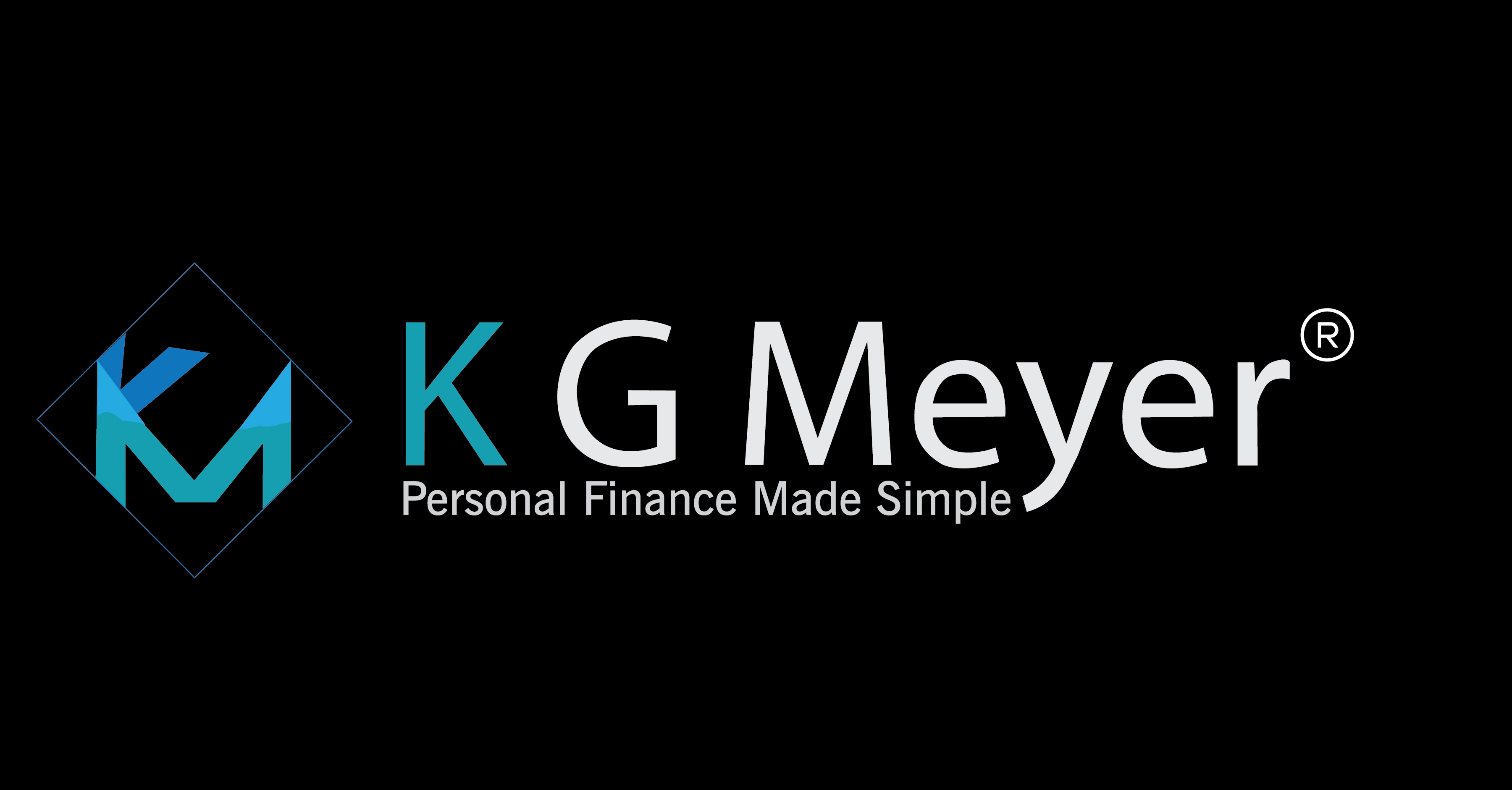Do you have trouble saving for your future? Is there never enough money at the end of the week or month? Well, here are five simple tips that may help you achieve your saving goals. While they are not a guarantee that you will be able to save what you need, they will provide you a firm foundation to work towards your goal.
First things first. You need to develop a budget and do your utmost best to adhere to and follow it. When you do not know where your money goes, there is no way to save. You have to have a firm understanding of what you make and what you spend on a regular basis. Only then will you be able to see areas that can be reduced or cut when it comes to spending. If you do not know where the excess spending is, how will you be able to redirect that amount to your savings?
If you refuse to cut back on your spending, then your savings will remain stagnant. And that is no way to increase your savings. It is better to avoid impulse purchases and save for big ticket items. It is wise to avoid debt if possible and spend within your means. That is why a budget is so useful and beneficial. But in order to help you cut back on your overall spending try taking baby steps and look at this as a daily battle with your finances. Cut back on the smaller daily items that when taken as a whole can be significant expenses. Consider a daily trip to Starbucks for a $3-$4 coffee five days a week. That is anywhere between $15-$20 a week and $60-$80 a month. That does not take into account your time to get to and from your house to the store as well as the gas it took you to drive there. With all that taken into account, you may be well over a $100 a month just for your daily coffee. To limit temptation avoid sale flyers and emails from retailers.
Not being prepared can destroy a good savings plan. While no one can predict the future there is always Murphy’s Law, what can go wrong most likely will. Dave Ramsey says to start with saving your first $1,000 and if you are starting from scratch that is a goal I can say is one that is obtainable and worthy. After you have your initial emergency fund of $1,000, it is time to go to the next step then come back to this one. Most financial planner’s state you need at least six months’ worth of expenses in a fully funded emergency fund. I find this to be a good solid figure for most people and families. Some planners will say three months, and that may be acceptable if your job is secure and there is little chance of being laid off or fired. Regardless you need an emergency fund, and it is time to start if you are lacking one and start yesterday.
It is never a good combination to save and carry bad debt. What is bad debt you ask? That is a very simple question to answer. Bad debt is any debt that does not carry or add value to the debt that was created. I consider a mortgage about the only acceptable debt as the interest is tax deductible, and houses appreciate in value. Credit card debt is by far some of the worst, as the interest rates charged, is extremely high and difficult to pay off if not done monthly. Also, by having credit cards, it is too tempting to charge something rather than pay cash or save up for the purchase. It does not make much sense to be saving money that returns 1% when you are paying on debt that charges 20% plus.
And finally you may have to change the way you think about your finances. You are required to put your fiscal affairs in order and adhere to them through sheer will. Again this is like the budget from earlier, if you do not follow through on your goals savings will not accumulate. It is important to change the way you think about your finances and become more financially stable and secure.
If you have any questions or concerns about saving extra or starting to save feel free to contact me.




